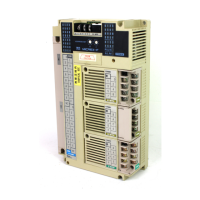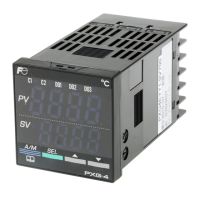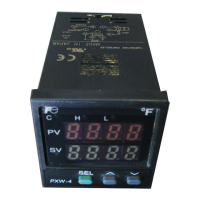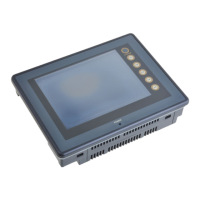MHT260a (Engl.)2-16
2.3 Torque-speed data
Shown below are the torque characteristic with each motor and amplifier combination.
(a) Within the range of “(A) Acceleration/deceleration area 1” and “(B) Acceleration/deceleration area 2” are used for accel./decel. (*) the
motor.
(i) (A) Acceleration/deceleration area 1 : Output torque is available at accel./decel. In case of the same output [kW] rating of the amplifier
and motor combination.
(ii) (B) Acceleration/deceleration area 2 : Output torque is available at accel./decel.. When the amplifier size is one step larger than the
motor frame No. size corresponding with the amplifier. Refer to 9.3 (3) (d).
(iii) In the case of (A) and (B), a torque higher than rated cannot be outputted continuously.
(b) Within the range of “(C) Continuous operation area”, the motor can continuously be operated (at rated speed or lower). Above the
rated speed, the rated torque cannot be outputted continuously.
(c) The overload detecting time (guidepost) is as follows.
Output torque [%] 100 (rated torque) 125 150 200 300 450
Overload detecting
time approx. [s]
Continuous operation is
acceptable.
35 18 9 3 1.5
Before tripping by overload, an early warning signal can be outputted. See 5.6.5 Overload early warning.
Note: (*) Accel. : Accelerating or acceleration
Decel. : Decelerating or deceleration

